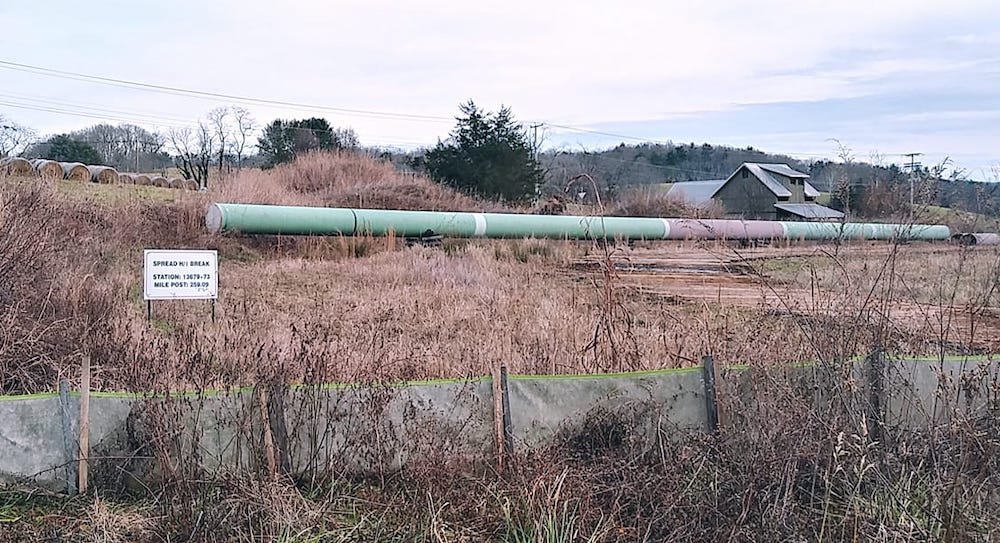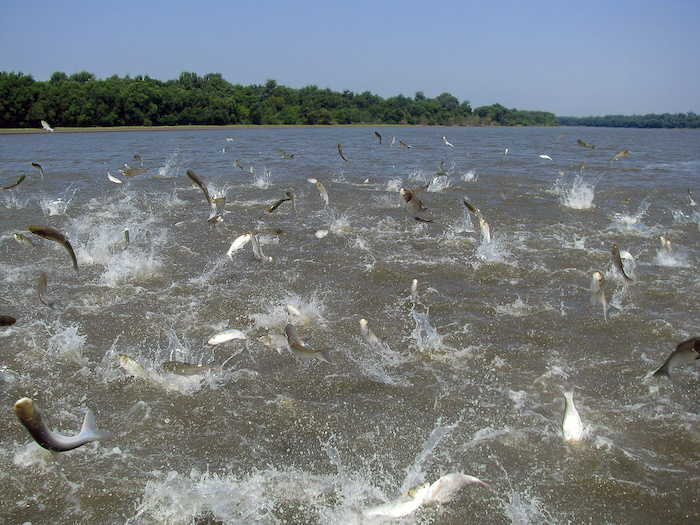Cleaning Up Coal Ash
For well over a century, power plants across the country have burned coal to generate electricity. And for just as long, leftover coal ash has been dumped in open, unlined pits near the power plant, usually located on a river or lake. Every year, U.S. power plants produce 130 million tons of coal ash, which is the second largest waste stream in the country after municipal garbage.
Coal ash concentrates the toxic heavy metals found in coal, including arsenic, mercury, lead and selenium. Stored in unlined, wet impoundments, coal ash has been leaking these toxics into our groundwater and surface waters for years. Sometimes these impoundments collapse — with disastrous results.
Yet government regulations for coal ash management are either non-existent or sparse, and there is little enforcement of the regulations that do exist. In North Carolina, this lack of oversight — and the complicity between state regulators, elected officials and Duke Energy — came to a boiling point in February 2014 when one of Duke’s coal ash impoundments spilled 39 million tons of ash into the Dan River.
Citizens living near North Carolina’s 33 coal ash impoundments — all of which have leaked — have fought for transparency from Duke and the state, and for cleanup of the pollution that threatens their property value, health and family. Their actions forced this issue into the headlines of news networks and to the forefront of environmental justice conversations in the United States.
Appalachian Voices stood with these communities as we worked for years to compel Duke Energy and the N.C. Department of Environmental Quality to excavate coal ash from all the North Carolina sites and dispose of it either in lined, dry landfills, away from waterways, or by recycling it for concrete or other uses, provided it’s done in a manner that protects public health and the environment.
On Jan. 2, 2020, North Carolina announced a historic settlement with one of the state’s most powerful corporations and polluters, Duke Energy. The settlement requires Duke to move nearly 80 million tons of toxic coal ash at six of its power plants to properly lined landfills onsite or recycle it.

Learn information about specific coal ash impoundments in the South, including health threats and safety ratings:
Additional Resources
Fact sheets, videos, links to academic research, and more
Sign Up to Act
Help us protect the health of our communities and waterways.
Latest News
Mountain Valley Pipeline’s Latest Challenges: Water-crossing Permits and Compressor Station Hearing
The long-contested MVP faces new delays due to water-crossing permits. Bills that would give Virginia more authority to protect water quality from pipelines are advancing in the state legislature. As the commonwealth considers a compressor station for MVP Southgate, developers of the canceled Atlantic Coast Pipeline begin the restoration process.
Future is Uncertain for Trump-era Changes to Migratory Bird Treaty Act
Under the prior administration’s reinterpretation of the Migratory Bird Treaty Act, companies would not be fined for incidental bird killings that result from events such as oil spills. The Biden administration has blocked the change from going into effect while it seeks more public comment.
Asian Carp Barriers to be Erected on Tennessee, Cumberland Rivers
As Tennessee continues its battle against invasive Asian carp, environmentalists say plans to erect new barriers to stop the carp from entering the Tennessee and Cumberland rivers are a step in the right direction.
An enormous step for coal communities, environmental justice and climate
President Biden’s executive order puts the United States in a position to vigorously confront the challenges of climate change, create good-paying jobs and protect communities from the hazards of polluted land, air and water.
Despite Decline of Coal, Mining Remains Aggressive on Coal River Mountain
Despite a national coal downturn, mining has not slowed much in Raleigh County, West Virginia, where companies have proposed two new mountaintop removal coal mines.











